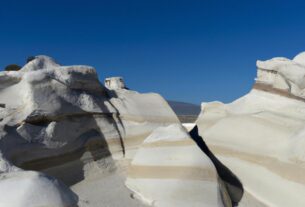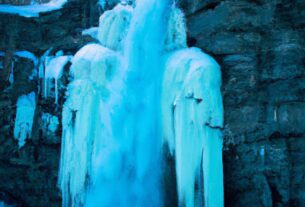Peru, a land steeped in ancient civilizations, is home to one of the most extraordinary natural wonders in the world – the colorful mountain. Nestled in the Andes Mountains, this geological marvel displays vibrant hues of red, yellow, and green, captivating all who lay eyes upon it. However, the colorful mountain is more than just a geological phenomenon; it holds immense cultural and spiritual significance for Peru’s indigenous people.
In this article, we will delve into the formation of the colorful mountain, explore its cultural importance, examine the impact of tourism, and offer tips on visiting this breathtaking wonder.
The Geological Formation of the Colorful Mountain
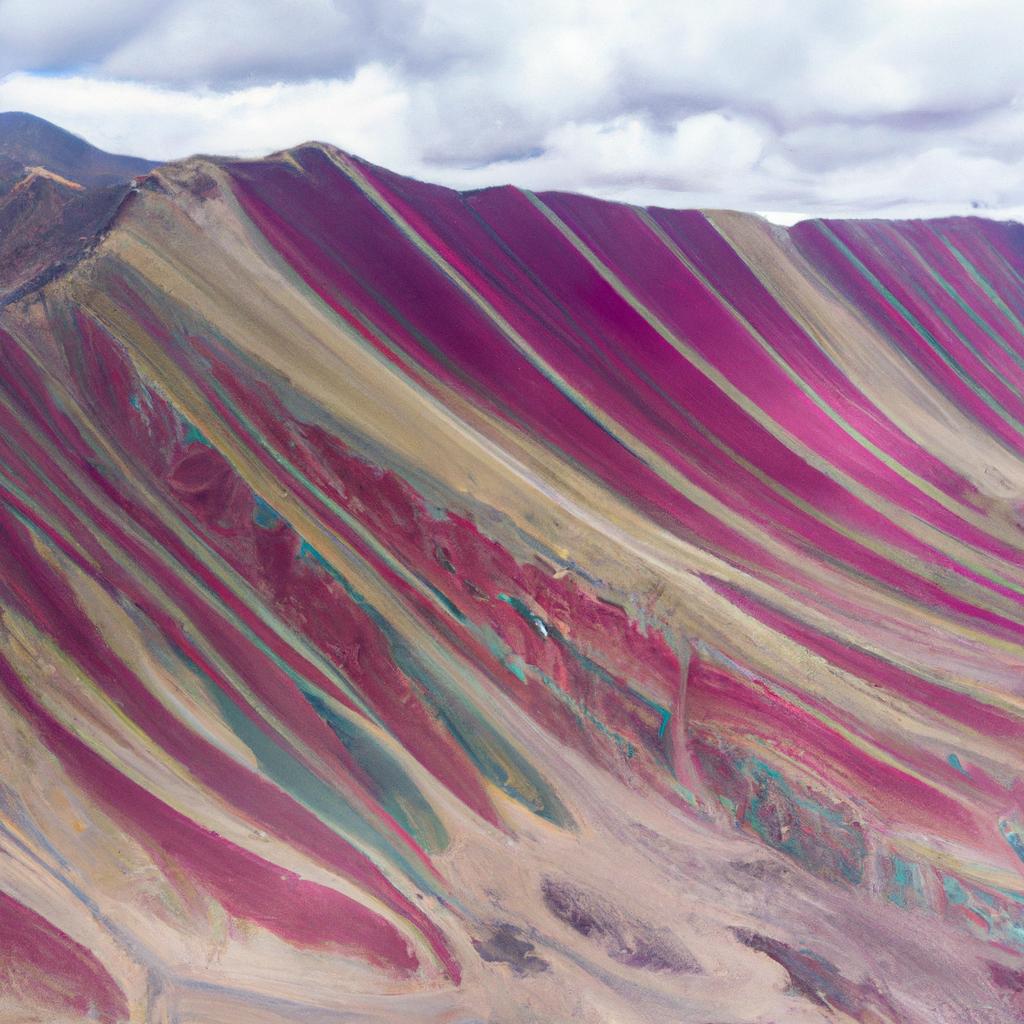
The Formation Process
The colorful mountain, also known as Vinicunca or Rainbow Mountain, is the result of millions of years of geological activity. Over time, mineral deposits were exposed, creating a mesmerizing display of colors. The uplifting of the Andes Mountains played a crucial role in this process, pushing sedimentary rocks upward and subjecting them to the elements.
As the elements took their toll, mineral deposits formed, giving rise to the radiant colors we see today. The mountain owes its distinct hues of red, yellow, and green to minerals such as iron oxide, copper sulfate, and sulfur. These exquisite colors make the colorful mountain a true natural wonder.
Unique Features
Beyond its vibrant colors, the colorful mountain stands tall at an impressive 5,200 meters above sea level, making it one of the highest peaks in the Andes Mountains. Its pyramid-like shape and flat summit offer spectacular panoramic views of the surrounding landscape. Moreover, its geological composition distinguishes it as a rare and remarkable formation. Situated in the Cusco region of Peru, it has become a sought-after tourist destination, attracting visitors from across the globe.
The Cultural Significance of the Colorful Mountain
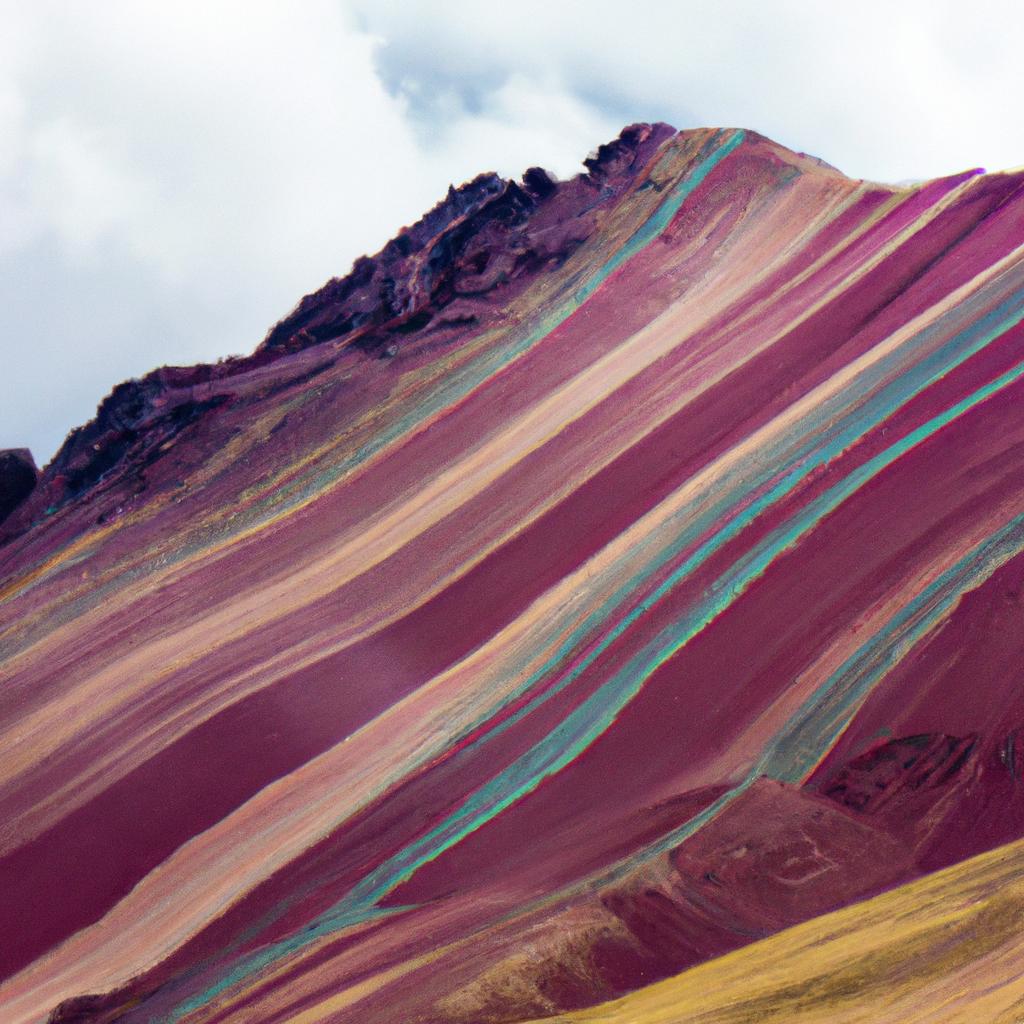
The colorful mountain holds profound cultural and spiritual value for Peru’s indigenous people. In Quechua, the traditional language of the Andean people, it is known as Vinicunca or Winikunka. The mountain is revered as a sacred deity that has safeguarded these communities for centuries.
Cultural Beliefs and Traditions Associated with the Mountain
Deeply connected to nature, the indigenous people believe that everything in nature possesses a spirit. They regard the colorful mountain as a sacred place where their ancestors’ spirits reside. They consider it a gateway between the physical and spiritual realms. The mountain receives prayers and offerings, seeking blessings, good health, and prosperity.
The Quechua people attach significant meaning to the mountain’s colors. Red symbolizes the ancestral spirits, yellow represents the life-giving energy of the sun, and green signifies the vitality of nature itself. The colors supposedly change throughout the day, aligning with the sun’s position.
Indigenous Communities that Call the Area Home
The surroundings of the colorful mountain are inhabited by indigenous communities that have thrived here for centuries. These communities rely on the land for their sustenance and hold a profound respect for nature. They boast a rich cultural heritage, taking immense pride in their traditions and beliefs.
However, the surge in popularity of the colorful mountain has brought new challenges for these communities. The influx of tourists has disrupted their way of life, and preserving their cultural identity has become increasingly difficult. It is crucial to respect their traditions and support their efforts in maintaining their cultural heritage while promoting sustainable tourism.
The Impact of Tourism on the Colorful Mountain
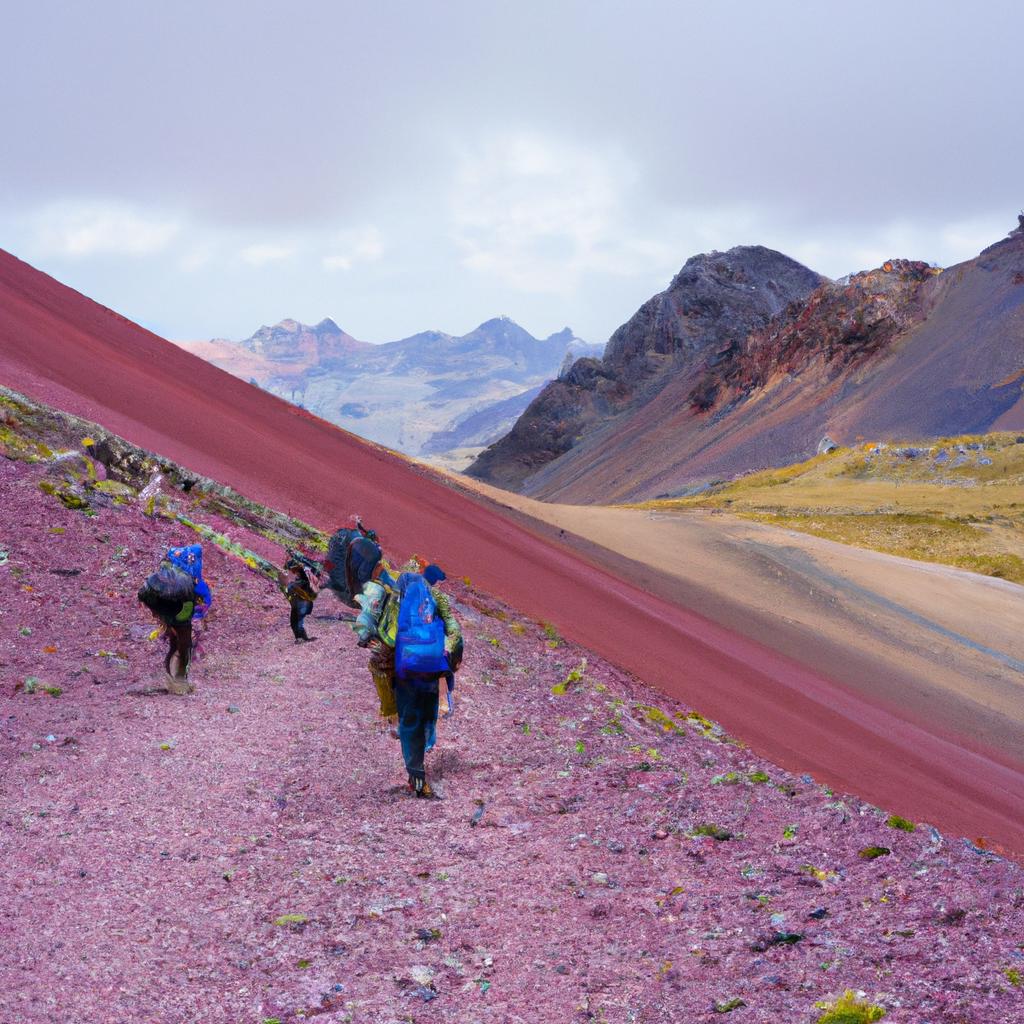
Peru’s colorful mountain has gained immense popularity in recent years, attracting tourists from all corners of the globe. While tourism has brought economic benefits to the region, it has also raised concerns about its impact on the mountain’s natural beauty and the communities residing nearby.
Effects of Tourism on the Mountain and its Surrounding Communities
The influx of tourists has led to negative consequences for the mountain’s ecosystem. Increased foot traffic has caused erosion and damage to the fragile environment, resulting in loss of plant life and soil degradation. Furthermore, some visitors have been negligent in leaving behind litter and waste, further harming the natural surroundings.
Tourism has also had repercussions for the local communities. The commercialization of the area, as some locals convert their homes into hotels and restaurants to cater to the growing number of visitors, has brought economic benefits. However, it has also resulted in overcrowding, increased traffic, and noise pollution.
Measures Taken to Preserve the Mountain’s Natural Beauty and Cultural Significance
To address these concerns, steps have been taken to preserve the mountain’s natural beauty and cultural importance. The Peruvian government has implemented regulations to limit daily visitors and restrict access to specific areas of the mountain. Additionally, they have launched initiatives to educate visitors on responsible tourism practices and emphasize the importance of environmental preservation.
Local communities have also taken part in ensuring the mountain’s cultural significance endures. Cultural centers have been established to educate visitors about indigenous traditions and beliefs associated with the mountain. Efforts are underway to promote sustainable tourism practices that benefit both the locals and the environment.
In conclusion, while tourism has brought economic benefits to the region, it has also raised concerns about the impact on the mountain’s natural beauty and the surrounding communities. By implementing regulations and adhering to sustainable tourism practices, we can safeguard the colorful mountain as a natural wonder for future generations.
How to Visit the Colorful Mountain
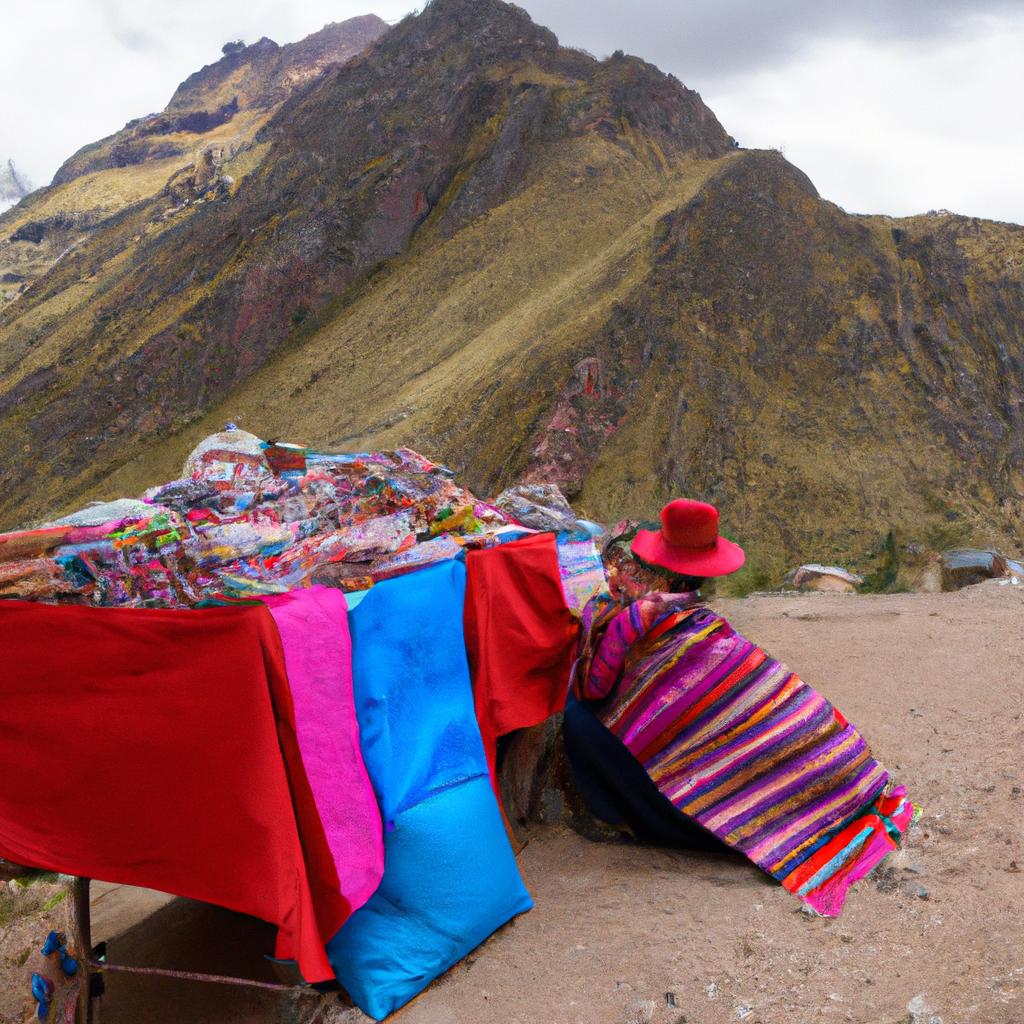
If you’re planning a visit to the colorful mountain in Peru, here are some practical tips to ensure you make the most of your trip:
Planning Your Trip
- Check the weather forecast: The dry season, from May to September, is the best time to visit. However, it’s always wise to check the weather forecast to avoid any surprises.
- Book your tour in advance: The colorful mountain is a popular destination, and tours fill up quickly. Booking in advance is highly recommended, especially during peak season.
- Consider altitude sickness: The colorful mountain sits at a high altitude, and visitors may experience altitude sickness. Acclimatization is necessary, so drink plenty of water and avoid alcohol.
The Best Routes to Take
There are two primary routes to the colorful mountain: the Classic Route and the Alternative Route, each offering a unique experience based on your preferences and fitness level.
- Classic Route: The most popular and easiest route, taking around four hours to complete. The trail is well-marked, with ample opportunities to rest.
- Alternative Route: A more challenging and less crowded option, taking approximately six hours to finish. The trail is steeper, demanding a higher level of fitness. However, the views and encounters with natural wonders along the way are awe-inspiring.
Regardless of the route you choose, visiting the colorful mountain in Peru promises an unforgettable experience. So, pack your bags, plan your trip, and prepare to witness the mesmerizing natural beauty of this geological marvel.
Conclusion
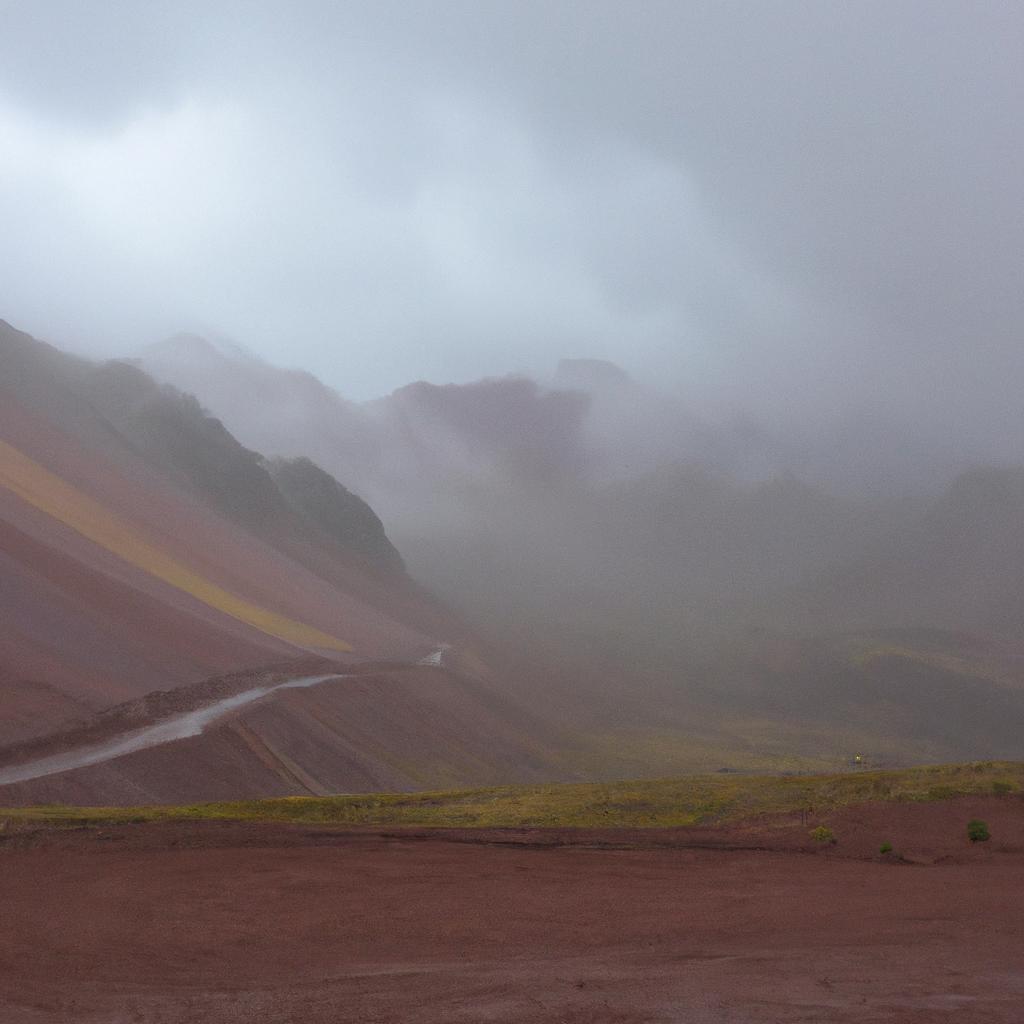
In conclusion, the colorful mountain in Peru is not just a geological wonder but also a symbol of cultural and spiritual significance for the indigenous communities. It serves as a testament to the diversity and splendor of Peru’s natural beauty.
While tourism has brought attention to this natural wonder, it has also brought challenges in preserving its beauty. It is crucial for us to practice responsible tourism and protect this marvel for generations to come.
So, if you’re planning a visit to Peru, make sure to include the colorful mountain in your itinerary. Witnessing this natural wonder firsthand will leave you in awe of the power and beauty of Mother Nature.
Thank you for joining us on this captivating journey through the colorful mountain in Peru. For more enthralling articles on nature, gardening, and animals, visit the TooLacks website.
References:

